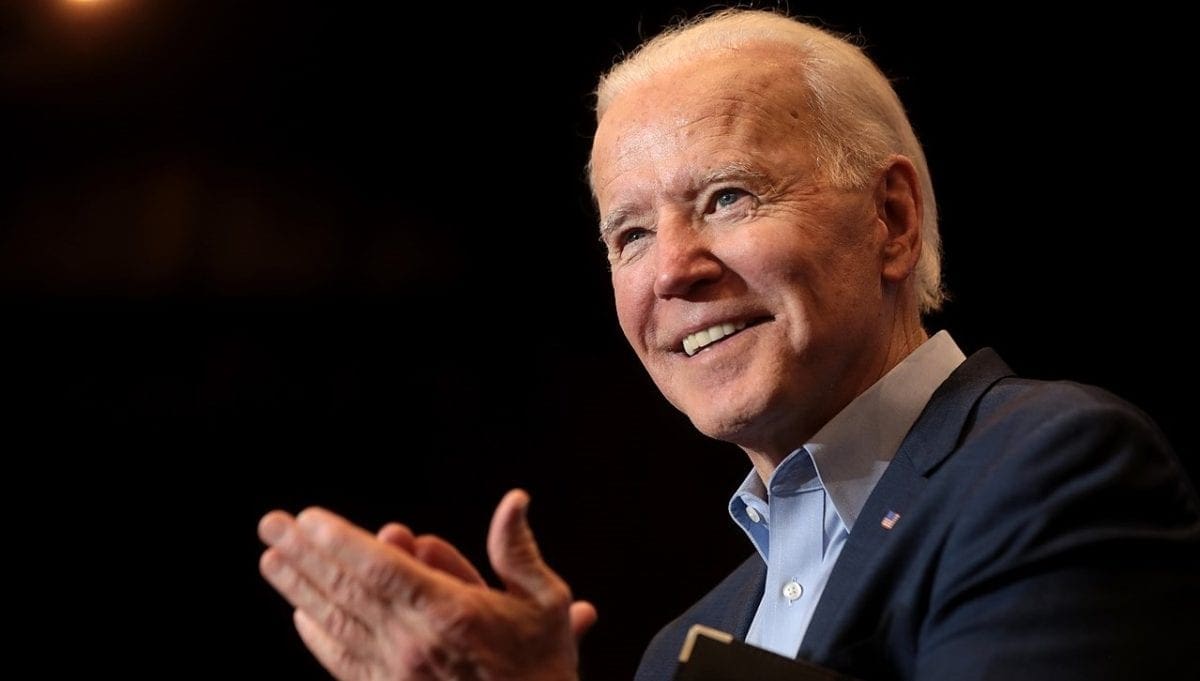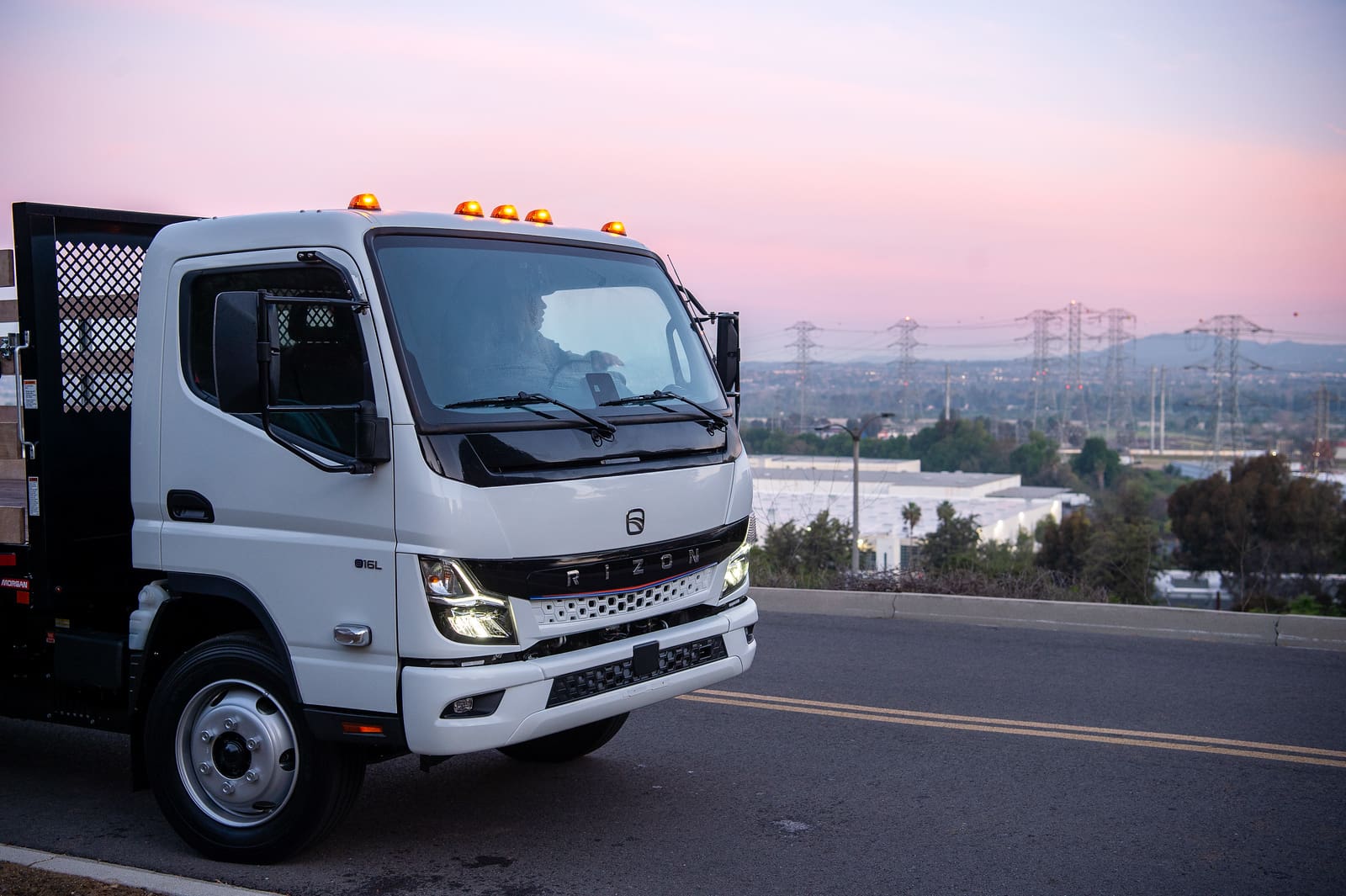
- GNA Insight
Will the Biden Administration Fund our Clean Transportation Future?
January 25, 2021
Source: ACT News
Take yourself back to 2008: President-Elect Barack Obama pledges to reinvigorate the American economy after the Great Recession. Buoyed by a groundswell of support for a better and brighter future, President Obama signs the American Recovery and Reinvestment Act (ARRA) in February 2009. The $831 billion stimulus package injected cash and created opportunities across a myriad of sectors, including transportation.
Now, fast-forward to the present — as painful as that is. Following a pandemic-induced recession, President Joe Biden has proposed a sweeping $2 trillion climate plan that emphasizes an inextricable link between economic recovery and climate change. Built into the Biden plan is a focus on zero emission vehicles — both battery-electric and fuel cell electric — and the potential they bring to helping Americans recover jobs, income, and clean air.
While the goals and the technology in the Biden Plan may be new, the strategies for fleets to take advantage of these funding opportunities may not be. Rather, this may just be 2008 all over again. And that is not such a bad thing, if you know where to look.
Biden pledges an Electrified Federal Fleet
From a new to-be-proposed slate of fuel economy standards to a reinvigorated electric vehicle tax credit, the incoming Biden Administration is pledging to accelerate the deployment of electric vehicles. Notably though is that the focus is now on both Joe Public and Joe Biden — the incoming administration wants electric vehicles in the hands of both the public and its own fleet. Indeed, of the top 10 things President Biden has committed to acting upon during his first days in office is leveraging the federal government procurement system to work towards 100% clean energy and zero emission vehicles in the federal fleet.
This is no small order. The General Services Administration reports that the federal fleet amounts to over 600,000 vehicles across civilian and military agencies, including the U.S. Postal Service. Combined, these vehicles run 4.5 trillion miles annually and cost the taxpayers $4.4 trillion each year. At a cost of nearly $1 dollar per mile to operate a conventionally fueled vehicle, it is no wonder that the new administration is looking to reduce both fuel and vehicle operating costs.
Paired with a focus on zero emission vehicles, comes its dance partner — electric vehicle charging and hydrogen refueling infrastructure. The U.S. Department of Transportation (DOT) will likely play a critical role in addressing the need for charging infrastructure as the agency is responsible for supporting clean transportation corridor projects in conjunction with its nationwide network of Clean Cities teams.
While there is clear momentum mounting in support of electrified fleets by the incoming administration, the commercial maturity for zero emission vehicle technologies is still developing, leaving CapEx costs higher than conventionally fueled vehicles. Therefore, a diverse portfolio that leverages other low emission vehicles and renewable fuels — such as renewable natural gas, propane, and biofuels — should also be considered to provide immediate and cost-effective emissions reductions.



